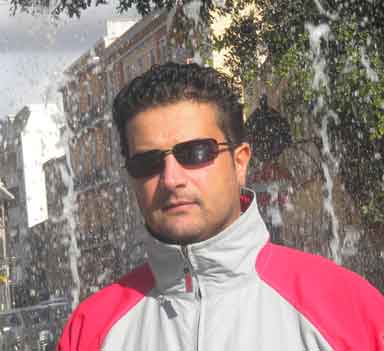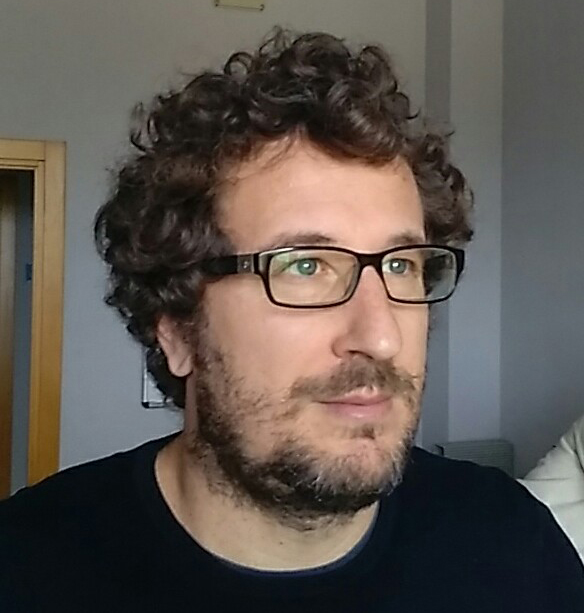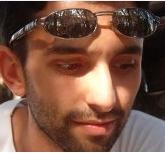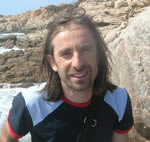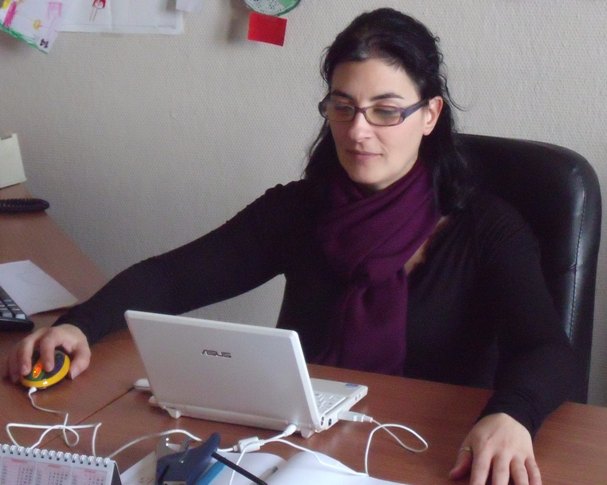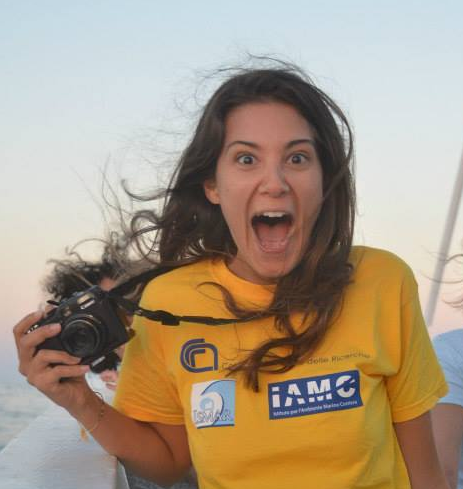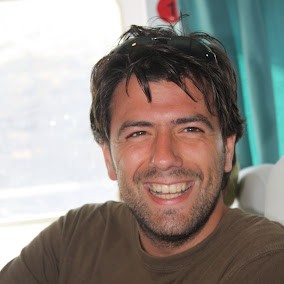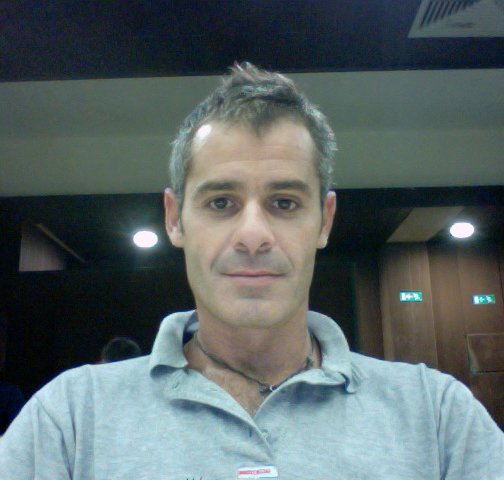The Consiglio Nazionale delle Ricerche (National Research Council of Italy, CNR) aims at promoting, transfer and improve scientific, technological, economic and social researches. CNR is organized in 11 departments, with 108 Institutes, more than 8,000 staff members, distributed all over Italy. The CNR Earth and Environment Department (DTA) hosts all CNR marine science activities and cover most marine disciplines, with a multidisciplinary approach: physics, geology, chemistry, biology, fishery studies, satellite oceanography and operational oceanography. CNR is member of ESF, participates the ESF-Marine Board, and it is member of ICSU, EuroGOOS, MOON and MedGOOS. CNR also appoints the Commissione Oceanografica Italiana (COI) which is the official national coordinating body for liaison with UNESCO-IOC. CNR represents the Italian Ministry of Education, University and Research in the preparatory phase of the Joint Programming Initiative “Healthy and Productive Seas and Oceans”. CNR has the largest number of Italian research vessels, used in many European and National research projects, and observational capacities based on a network of instrumented fixed platforms, fishing boats, and satellite observations.
The CNR Institute for Marine and Coastal Environment (IAMC) is part of the CNR Earth and Environment Department. Its main oceanographic activities are related to the monitoring, forecasting and assessment of the impact of human activities on marine and coastal ecosystems. The Institute has a robust and recognized experience in the field of Ocean Forecast Modeling for both open ocean and coastal areas. The activity is particularly focused on the implementation and use of nested ocean forecasting models based on different numerical methods (finite differences or elements), which are applied at sub-regional (Sicily Strait, western Mediterranean) and coastal scales in order to provide an innovative approach to the management of the marine systems, and its resources. The research and scientific activities include the water current and wave field forecasting, the investigation of wind wave-water current interactions and the transport of pollutants and other objects for the management of emergencies at sea (oil spill and SAR). Ocean data (CTD, current, sea level), from cruises or drifting buoys or deployed instruments, are used to study the characteristics of the general circulation, from seasonal to climatic time scale, and to validate numerical models.
